Check if you have a staph infection
Symptoms of a staph skin infection can include:
- a painful red lump or bump (a boil, carbuncle or abscess)
- hot, red and swollen skin (cellulitis)
- sores, crusts or blisters (impetigo)
- sore, red eyelids or eyes (styes or conjunctivitis)
Redness affecting the skin or eyelids may be harder to see on brown or black skin.
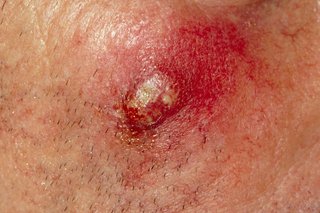
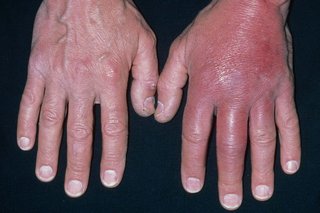
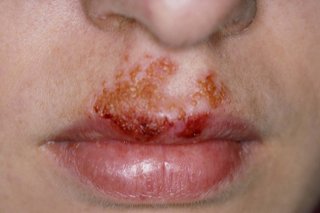
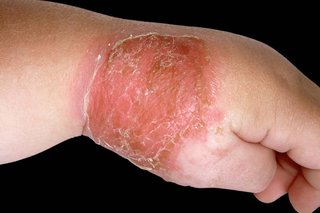
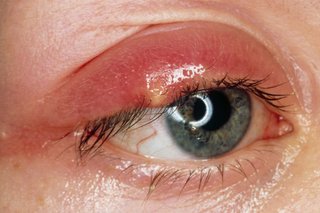
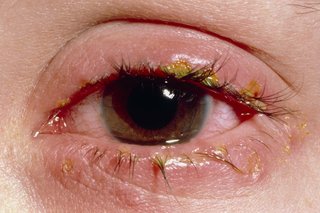
Staph bacteria can also cause more serious infections, like blood poisoning and toxic shock syndrome. These are much less common than skin infections.
Urgent advice: Ask for an urgent GP appointment or call NHS 111 if:
You think you have a staph infection and:
- it's getting worse or spreading quickly
- it lasts more than a week
- you have a weakened immune system (for example, you've had an organ transplant or you're having chemotherapy)
- you keep getting staph infections
You might need antibiotics to treat the infection.
You can call 111 or get help from 111 online.
Treatment for staph infections
Staph infections usually get better on their own, but you may need treatment from a GP if your symptoms do not get better after a week.
You may need:
- antibiotic tablets, creams or eye drops
- a small procedure to have any boils, carbuncles or abscesses drained and cleaned
- a stye removed by a GP
Some people may be referred to a specialist if treatment from a GP does not help.
How staph infections are spread
The bacteria that cause staph infections live harmlessly on many people's skin, often in the nose and armpits and on the buttocks.
They usually only cause an infection if they get into the skin, such as through a bite or cut.
Staph bacteria can spread to others through:
- close skin contact
- sharing things like towels or toothbrushes
- droplets in coughs and sneezes (but this is less common)
Preventing staph infections
It can be difficult to prevent staph infections because many people have the bacteria on their skin.
But there are things you can do to lower your chances of getting an infection or spreading the bacteria to others.
Do
-
wash your hands with soap and water regularly
-
keep your skin clean by having a bath or shower every day
-
keep any cuts clean and covered
-
use disposable tissues to blow your nose
Don’t
-
do not share towels, washcloths, bed linen, toothbrushes or razors
Page last reviewed: 11 February 2025
Next review due: 11 February 2028